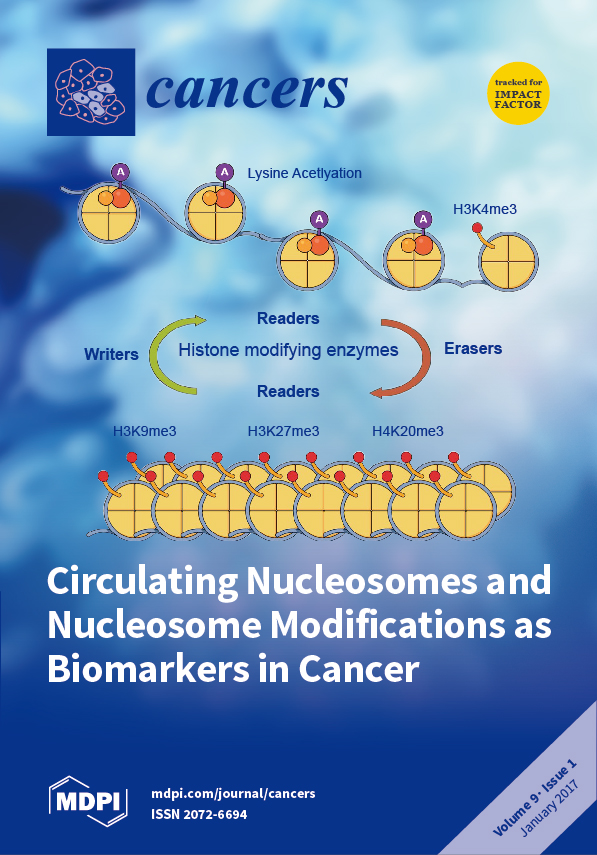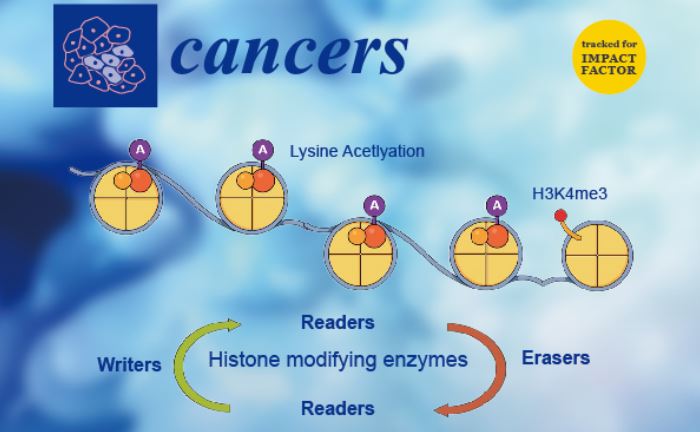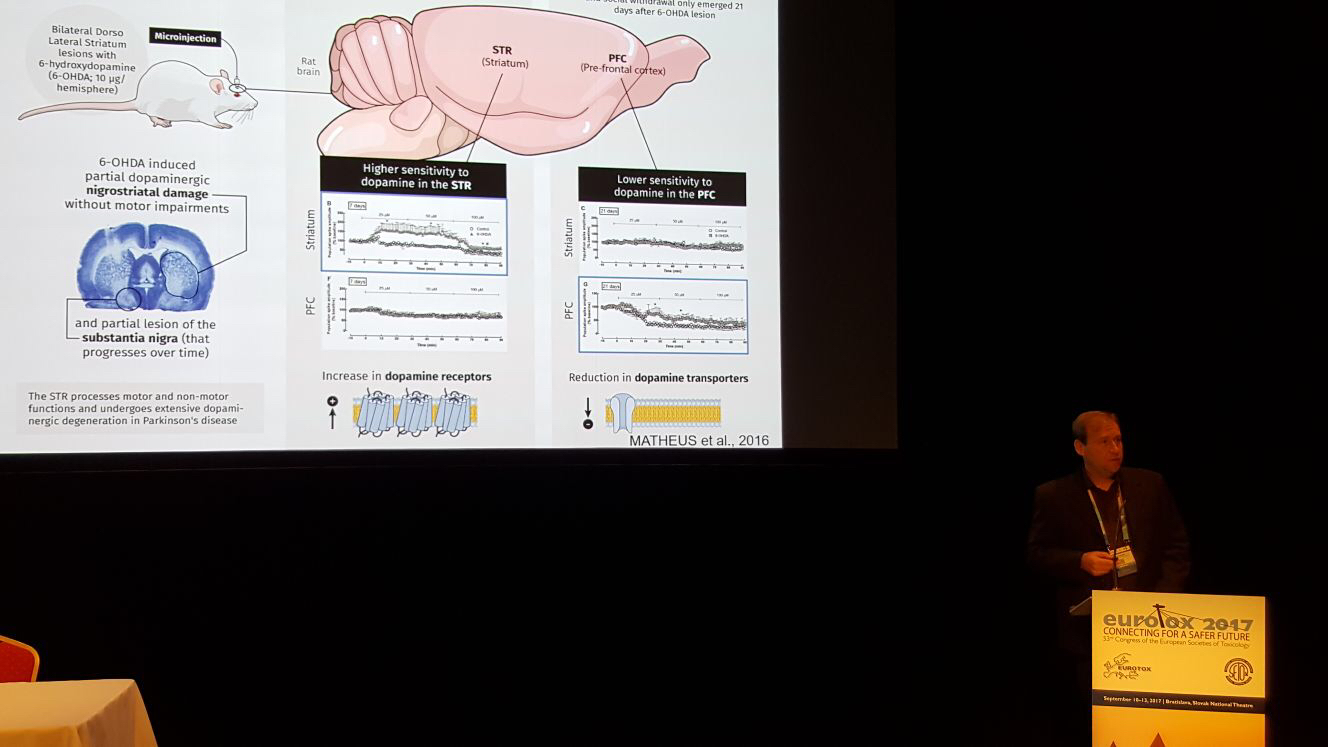This week we received an email from one of our users saying: Hey! Here is a science magazine cover I made at Mind the Graph!
We love when it happens. Every time any creation gets published we feel like celebrating together with the authors. You can imagine how thrilled we got this time about a cover!
Here is the science magazine cover made by Dr. James Brown, Senior Postdoctoral Researcher and Honorary Research Lecturer at NUI Galway.

Since we have our own interests in speaking up for Mind the Graph, we asked James to say a few words on his experience at the platform:
“We found the Mind the Graph to have an excellent range of images for use (and we hope to see more added soon). The figures are easy to manipulate (join, move crop etc) and are of a professional quality that really add a high quality images to our publications (rather than using powerpoint as many researchers do), such as are seen in top journals like nature and cell, all at a reasonable price and allowing us as researchers to retain full control of the figures (without having to resort to a professional service).” James Brown
Indeed we keep adding new scientific illustrations to the platform library every week. We look for what scientists may need but most of our illustrations are requests from our users.
Yes, you can request any and as many illustrations you want at Mind the Graph. Actually, there are a couple of things we always try to do for our users – click on the topic to read more about it:
- Attend to scientific illustrations requests
- Help getting visibility to your research
- Show the first steps to make your own graphical abstracts
You don’t need to start with a science magazine cover published, but maybe Mind the Graph can help you communicating your research. How about that?
If you got interested on James’ work, here is an abstract about his research – it is pretty cool!
Current markers that allow us to detect and classify a cancer (called biomarkers) often require that the tumour be removed from a patient. However, this is a snapshot in time and does not allow us to monitor what is happening to a tumour during cancer treatments. Here in the Disciple of Surgery at the Lambe institute for Translational Research (NUI Galway) our exciting new avenue of research lead by MD student Dr Peter McAnena (supported by funding from Breast Cancer Research) involves taking blood from patients (liquid biopsies) and measuring the levels of special proteins called histones, which are responsible for compacting nearly two meters of DNA inside every cell. Previous work has shown that when cancer cells are killed by chemotherapeutic treatments these histones are released into the blood. Measuring their levels in the blood can tell us how effective a chemotherapeutic treatment is.
Utilizing circulating nucleosomes as biomarkers is an exciting new area of research that promises to allow both the early detection of cancer and potentially real time monitoring of a cancers response to treatment. We are also looking at how to combine these new histone-based biomarkers with current biomarkers, to increasing both specificity and sensitivity of current tests. In the future we hope this will lead to individualised precision-medicine based treatments so that each patient receives tailor-made treatment to improve their outcome from breast cancer.

Subscribe to our newsletter
Exclusive high quality content about effective visual
communication in science.





